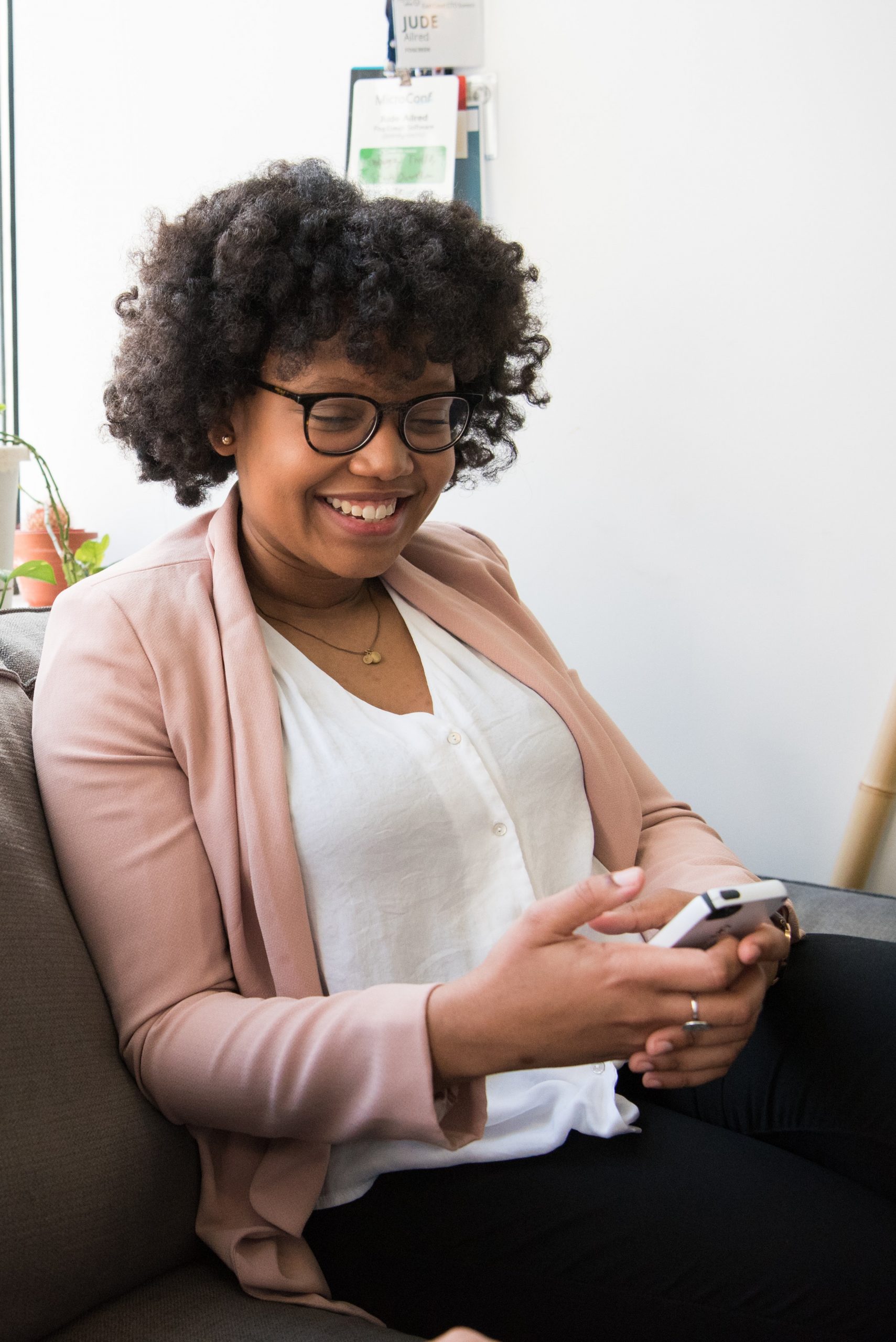7 Key Questions to Ask to Learn About Diversity
For those that still do not see why diversity, equity, and inclusion is a problem, it is likely an awareness problem. And, for the majority of leaders in Corporate America: white, cisgender, straight, and able-bodied men, diversity simply has not been on the radar. They don’t “see” it.
Why?
People do not know what they do not know.
They have not had to be aware of diversity and inclusion. Corporate America was built for white men by white men. Walking around in a white male body is easy, because for centuries that is who has led and made decisions in organizations.
Yet, we know diverse and inclusive teams contribute to better business results – more innovation, better decisions, higher revenues and profits just to name a few. Having different perspectives, different backgrounds, different people around makes the team and organizations stronger.
People do not know because they have not asked.
Asking about things you do not understand is hard. It is vulnerable. A term that is polar opposite of the social conditioning of white men. It requires bravery and courage, and leaves people often feeling like a better human.
At the same time, recognize that it is not the burden those most marginalized to educate the majority group on their lived experiences. And, it is not fair to assume an understanding of people’s lived experiences after one conversation. It is a journey, not a destination.
People learn by asking questions.
To close this awareness gap, education is the best vehicle. With education, discrimination declines and inclusion increases. Education can take time. Reading books, listening to podcasts, and undoing learnings from history class is hard. One quick way to get educated is to talk to someone different than yourself: someone of a different ethnicity, race, gender, sexual orientation, or with a different ability.
Consider this exercise individually or as a team:
- Identify someone you know professionally or personally (past colleague, current colleague, friend, neighbor, family member) and ask them for permission to talk candidly about their lived experiences. It is important that some trust and rapport has already been established in the relationship for a free-flowing conversation.
- Share with them that you are on a learning journey to be better understand diversity. You want to learn more from them about their experiences based on their ethnic, racial, gender, sexual orientation, or disability identity or identities. Set some expectations up front for the conversation including duration (at least a half hour), candor, and honor confidentiality. I like to say “this is a brave place for us to learn together.”
- Ask questions and listen to learn. Park your assumptions, free your mind to be fully present, and take notes if helpful to focus just on what is being said. It is not your job to have an opinion or to make it better. Your job is to listen only. If you like to chime in and cannot resist participating, empathizing with “I am so glad you shared that with me” or “that sounds hard” is fair.
- Consider these questions to get started. Personalize to your audience and your personality.
- Tell me about your experiences growing up (challenges, dreams, who you looked up to).
- What challenges have you experienced because of your diversity identity or identities?
- Why do you think we are still talking about these issues in 2020?
- How do you feel about what is happening now in the world with your diversity identity or identities?
- What conversations are you having with others about this?
- What opportunities do you see for us to get better?
- What recommendations do you have for me to learn more about this?
- Thank them genuinely for their time. Their time is valuable and it is not their job to educate you. It may be a lot to take in right away, but that you will reflect on what has been said and share what you are doing and learning as a result.
You grow when you learn; when you put yourself out there. Asking questions like this makes you better.
Curious to learn more?
Check out my latest interviews with diversity, equity, and inclusion experts on the Next Pivot Point podcast, take our free team diversity and inclusion assessment, and schedule time with Julie to talk live about ideas.

